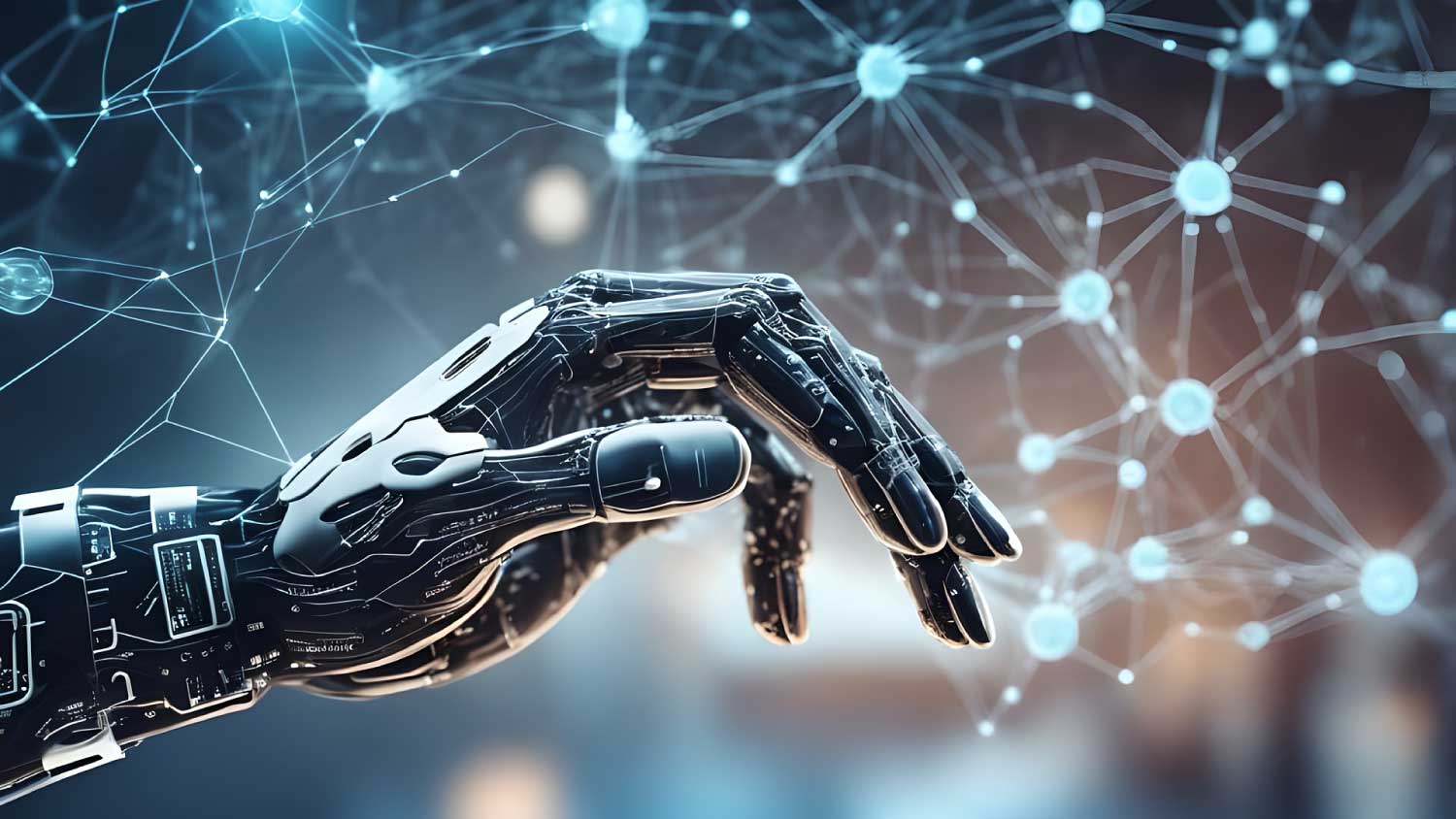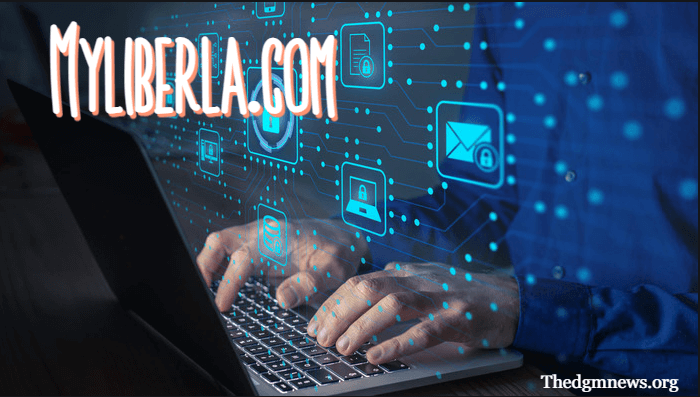In recent years, the creator economy has seen an explosive transformation. What began as a niche domain for independent creators is now a sprawling ecosystem with millions of artists, writers, filmmakers, and digital storytellers producing content at scale. Central to this shift is the rise of artificial intelligence, empowering creators with intuitive, efficient, and intelligent tools that amplify their productivity and elevate the quality of their work.
From automating mundane tasks to offering creative prompts, AI is no longer a futuristic concept—it is the present-day collaborator of digital creativity. Let’s explore how various categories of creators are integrating AI into their workflows, enhancing their output, and embracing innovation to stay ahead in an increasingly competitive landscape.
The Artist’s Digital Muse
Visual artists have been among the earliest adopters of AI in creative production. Generative AI models are now capable of creating original artwork based on text prompts, mimicking specific artistic styles, or transforming sketches into intricate masterpieces. For painters, illustrators, and graphic designers, AI offers a collaborative partner that opens up new dimensions of creativity.
Tools powered by machine learning help artists streamline their process, be it through automated background removal, style transfer, or image enhancement. These applications reduce the time spent on repetitive tasks, allowing artists to focus on ideation and storytelling. In digital marketing or gaming industries, where rapid turnaround is crucial, these tools become indispensable.
Moreover, AI has given rise to new art forms such as algorithmic design and interactive installations where the technology responds in real time to viewer interaction, creating a more immersive experience.
Writers and the Rise of AI-Powered Storytelling
For writers, AI presents a paradigm shift—not as a replacement but as an assistant. From blogging and journalism to screenwriting and poetry, AI tools are now part of the creative toolkit. Natural language generation models are capable of drafting articles, suggesting story structures, and even generating entire chapters based on a brief prompt.
For independent authors, AI can help edit manuscripts, rewrite awkward sentences, or recommend tone adjustments that align with the target audience. It can analyze reader engagement data to provide insights on how to better structure content. In education, AI helps streamline the content development process for e-learning creators, enabling personalized and adaptive learning materials.
Scriptwriters and content creators often face creative blocks, and this is where AI becomes especially valuable. Intelligent tools can suggest plot points, character arcs, and dialogue prompts, accelerating the storytelling process. Writers in the advertising space also benefit from AI’s capability to generate compelling copy tailored to specific buyer personas or market trends.
Filmmakers Harnessing Smart Production
In the film and video industry, AI is revolutionizing production, editing, and distribution. Filmmakers are leveraging intelligent tools at every stage—from pre-visualization to post-production. AI can analyze scripts and suggest edits, help storyboard scenes, and even guide casting decisions based on data-driven predictions of audience engagement.
During editing, AI accelerates tasks such as scene classification, color correction, audio enhancement, and even subtitling. For instance, automated video editing tools use machine learning to detect the best shots, transitions, and pacing, reducing manual effort drastically.
In the world of independent and small-budget filmmaking, these capabilities are game-changers. One notable example is how invideo AI offers an ai movie maker, helping filmmakers quickly create compelling video narratives with minimal manual input. This type of application simplifies storytelling for aspiring creators who may lack technical expertise or access to expensive editing suites.
Beyond production, AI also plays a critical role in distribution. Algorithms analyze user preferences and optimize video content for maximum reach on platforms like YouTube, TikTok, and Instagram. AI-driven analytics provide insights into viewer behavior, helping creators tweak their content strategy in real time.
Empowering Content Creation Through Apps
The accessibility of AI has been further boosted by a growing ecosystem of mobile and web applications designed specifically for content creators. These platforms democratize creativity, offering smart templates, automation features, and cloud-based collaboration tools.
For instance, an ai video generator app can turn raw scripts or ideas into polished videos using natural language processing and media libraries. These apps are particularly useful for marketers, educators, and social media influencers who need to produce high volumes of content within short timelines. With drag-and-drop interfaces and AI-backed suggestions, users with minimal technical knowledge can achieve professional-grade results.
Such apps are not just tools—they act as accelerators. They reduce the friction between idea and execution, allowing creators to experiment more freely. Many platforms also integrate multilingual support, making it easier for content to reach global audiences. Whether it’s generating voice-overs, adding subtitles, or optimizing aspect ratios for different devices, AI-infused applications are designed to simplify every aspect of digital storytelling.
Ethical Considerations and the Human Touch
While AI empowers creators with unprecedented speed and scope, it also raises important questions about authenticity, originality, and ethical use. Who owns a piece of content generated partially by AI? How does one ensure that AI-generated work does not replicate bias or misinformation?
These concerns underscore the need for responsible usage. Many creators are adopting a hybrid approach—using AI as a supportive tool rather than a sole creator. The human element remains essential in infusing content with emotion, context, and cultural nuance—qualities that AI is still learning to master.
Transparency also plays a key role. Disclosing the use of AI in creative processes not only builds trust with audiences but also fosters a more informed conversation about the evolving role of technology in art and storytelling.
The Future Is Collaborative
The fusion of AI and creativity is not about replacing human ingenuity; it’s about amplifying it. As intelligent tools become more sophisticated and accessible, creators across disciplines are discovering new ways to push boundaries, tell richer stories, and connect more meaningfully with their audiences.
From a solo artist experimenting with generative design to a filmmaker editing a short documentary using AI-assisted timelines, the integration of smart tools is reshaping the very fabric of the creator economy. And as platforms continue to innovate, the next wave of creative breakthroughs will likely emerge from this symbiotic relationship between human vision and machine intelligence.
Ultimately, the future of content creation lies not in choosing between man and machine, but in empowering creators to harness both, seamlessly and responsibly.



